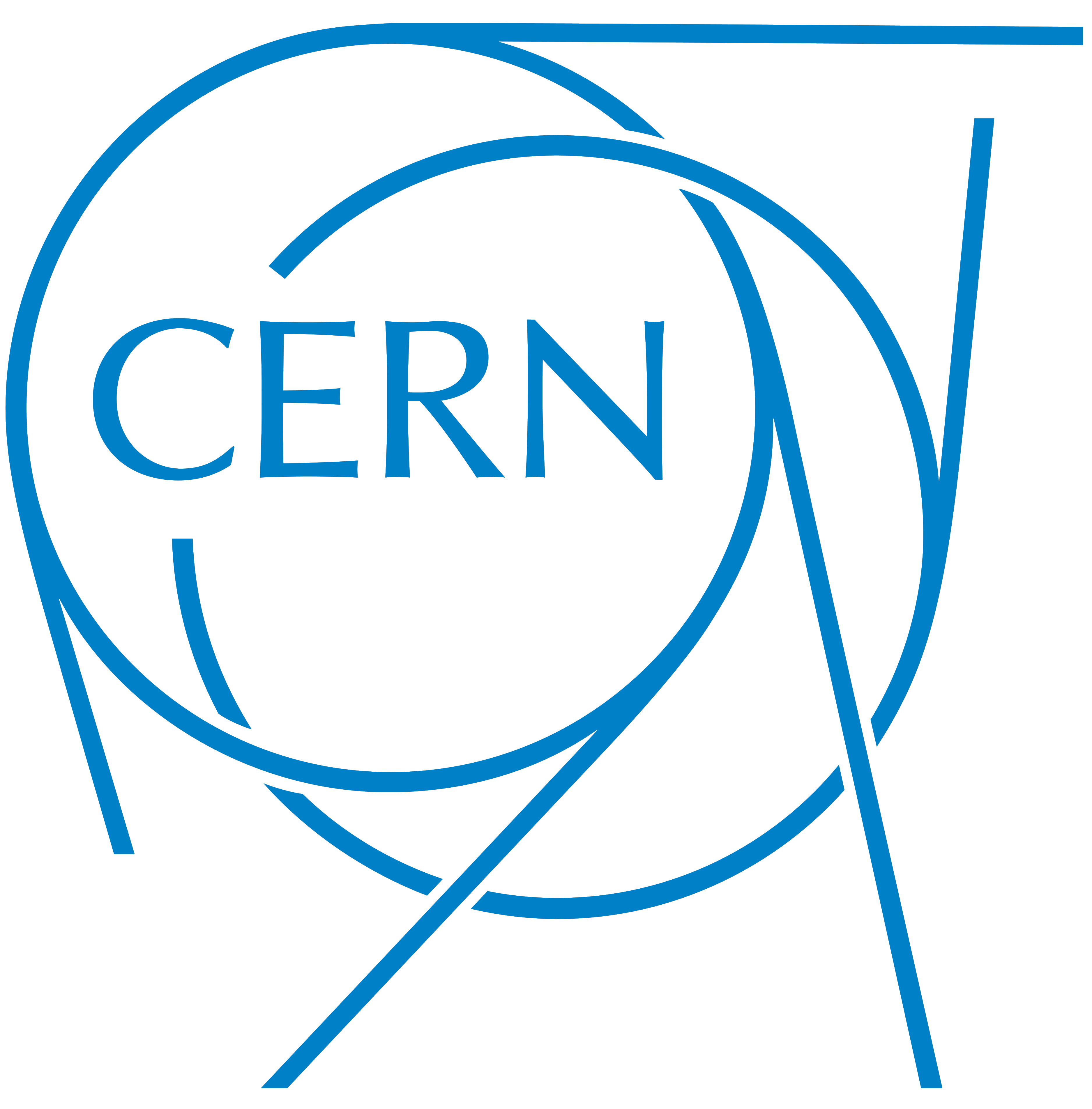Around the 2000s, financial markets such as stocks, futures and options markets, as well as energy markets, began to shift from being physical markets to being almost fully electronic. This shift transformed trading, as it also became possible for computers (algorithms) to trade. Algorithms now account for the majority of trading activity. They act automatically and much faster: sometimes their actions are not even perceivable by the human eye. This also creates new challenges for regulators as data size has increased tremendously and new types of market manipulation have emerged. Where do you start looking when there is so much data?
This is where Project HighLO can help.
Project HighLO uses particle physics methods which has decades of experience in storing, processing and handling big, high-speed data. There are similarities between the billions of particle collisions in CERN's particle accelerator (Large Hadron Collider; LHC) and the high-speed trading in which multiple orders per nanosecond are placed. Most collisions in the LHC show no anomalies, but when they do, this may lead to new ground-breaking insights for physicists. Project HighLO uses similar algorithms and tools CERN uses, to identify anomalies on market data. When there are anomalies in financial and energy markets, market participants, exchanges and authorities want to know what happened, how the market responded and how they should respond.
Applying particle physics tools to high-frequency data opens up a whole new world of analysis and research. It makes us able to see behavior and patterns that we did not see before.
What is HighLO?
Project High Energy Physics Tools in Limit Order Book Analysis (HighLO) applies particle physics methods and tools to financial market data.
Goals
We aim to identify malicious trading behavior such as market manipulation, to better protect markets.
For society
Our research enables governments, regulators, exchanges and market participants to better understand what happens when malicious trading occurs, and how to respond.
Latest news and events
[see all news and events]
Research Domains
Commodity Markets
Project HighLO examines commodity markets such as agriculture commodities and metals using high-frequnecy message data, for spot, futures and options markets.
Financials Markets
Project HighLO examines financial markets such as stocks, interest based securities and currencies, for spot, futures and options markets.
Energy Markets
Project HighLO examines energy markets such as electricity, natural gas and oil markets, for spot, futures and options markets.
Research Pillars
Anomaly Detection and Manipulation Labelling
High-Frequency Time Series Analysis and Visualization
Agent-Based Modelling
Latest publications
Capital Markets Law Journal
https://doi.org/10.1093/cmlj/kmaf012
Quantitative Finance
https://doi.org/10.1080/14697688.2025.2540410
Energy Reports
https://www.sciencedirect.com/science/article/pii/S2352484724006073
Wageningen University
https://edepot.wur.nl/660427
[see all publications]
People
Wageningen University & Research

Professor Marketing & Finance
CV

Associate Professor

Researcher

PhD Student & Researcher

PhD Student
CERN

ROOT Project Leader

Senior Expert Data Analytics

Senior Expert Machine Learning and Statistics

Senior Applied Fellow

Knowledge Transfer Officer
Affiliated researchers
CERN

Chief Research Officer CERN openlab

Software Engineer BioDynaMo

PhD Student BioDynaMo
Wageningen University & Research

Research Director Market Intelligence

Professor and Chair Information Technology

Associate Professor
ResearchGate

Assistant Professor
Maastricht University

Associate Professor Finance

PhD Candidate & Researcher
University of Idaho

Associate Professor
Netherlands Authority for Consumers and Markets (ACM)

Senior Supervision Officer Energy & Data Scientist
International expert group on market surveillance (IMS Group)
About
IMS Group is a collaboration between eighteen regulatory agencies across the world. It facilitates international collaboration and bridges the gap between high-energy physics, regulators and exchanges through co-creation and applying research findings in practice.
Objective
IMS Group aims to jointly tackle issues and challenges related to financial market surveillance. Academic research and breakthroughs are combined with expert knowledge from the industry. This allows, among others, for creating consistency in regulation, definitions and interpretations of the law.
Members
Exchanges and regulators from the Netherlands, Germany, France, Switzerland, Italy, United Kingdom, Norway, United States and the European Union are members of IMS Group.
More information: IMS Group Meeting 2025
Market Surveillance Analytics Lab (MSA Lab)
The MSA Lab is a research-oriented platform developed within the HighLO project to assist regulators and exchanges in detecting manipulation in financial markets. Unlike black-box industry solutions, it emphasizes transparency, rigorous statistics, and full source code availability for trusted parties. Built in collaboration with CERN, the lab integrates insights from high-frequency market analysis and scientific computing to power manipulation detection systems.
More Information and Try the DemoGet in touch
To apply as a future partner and for media enquiries please contact info@highlo.org.



